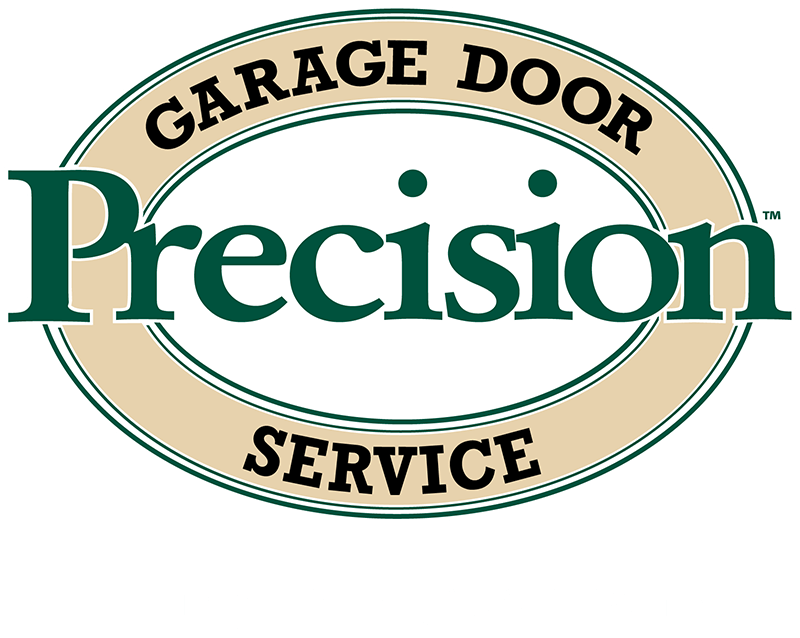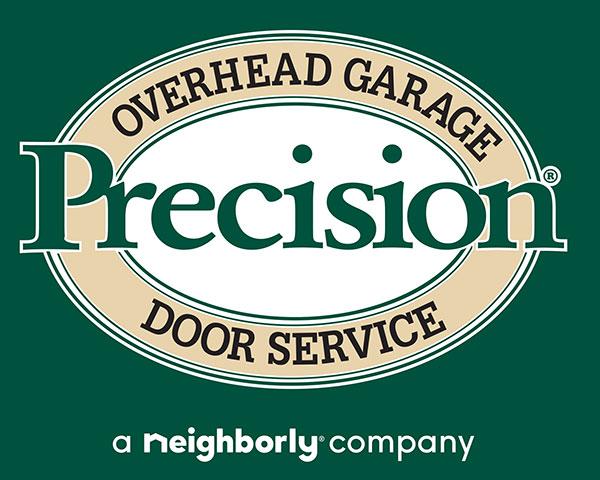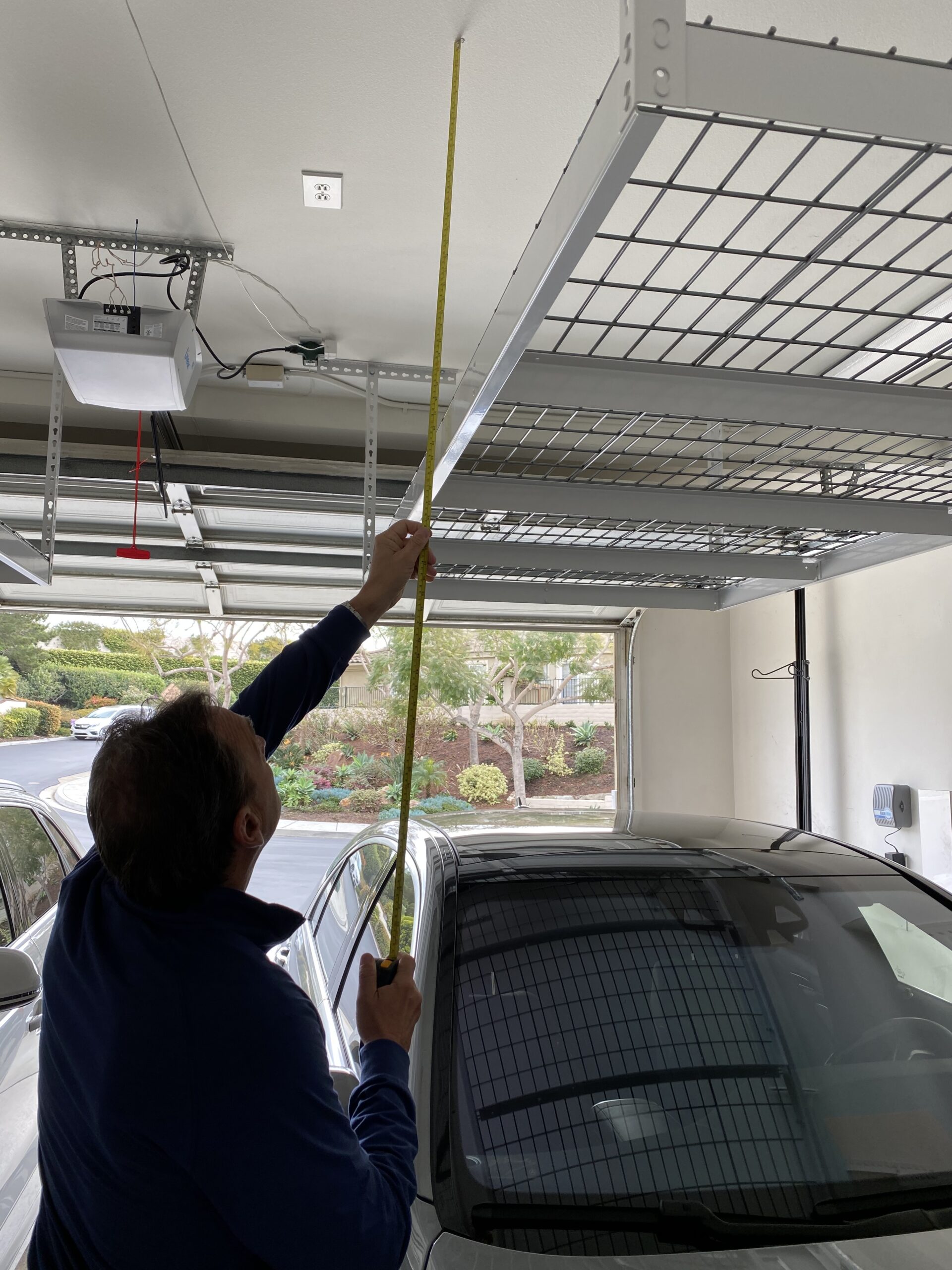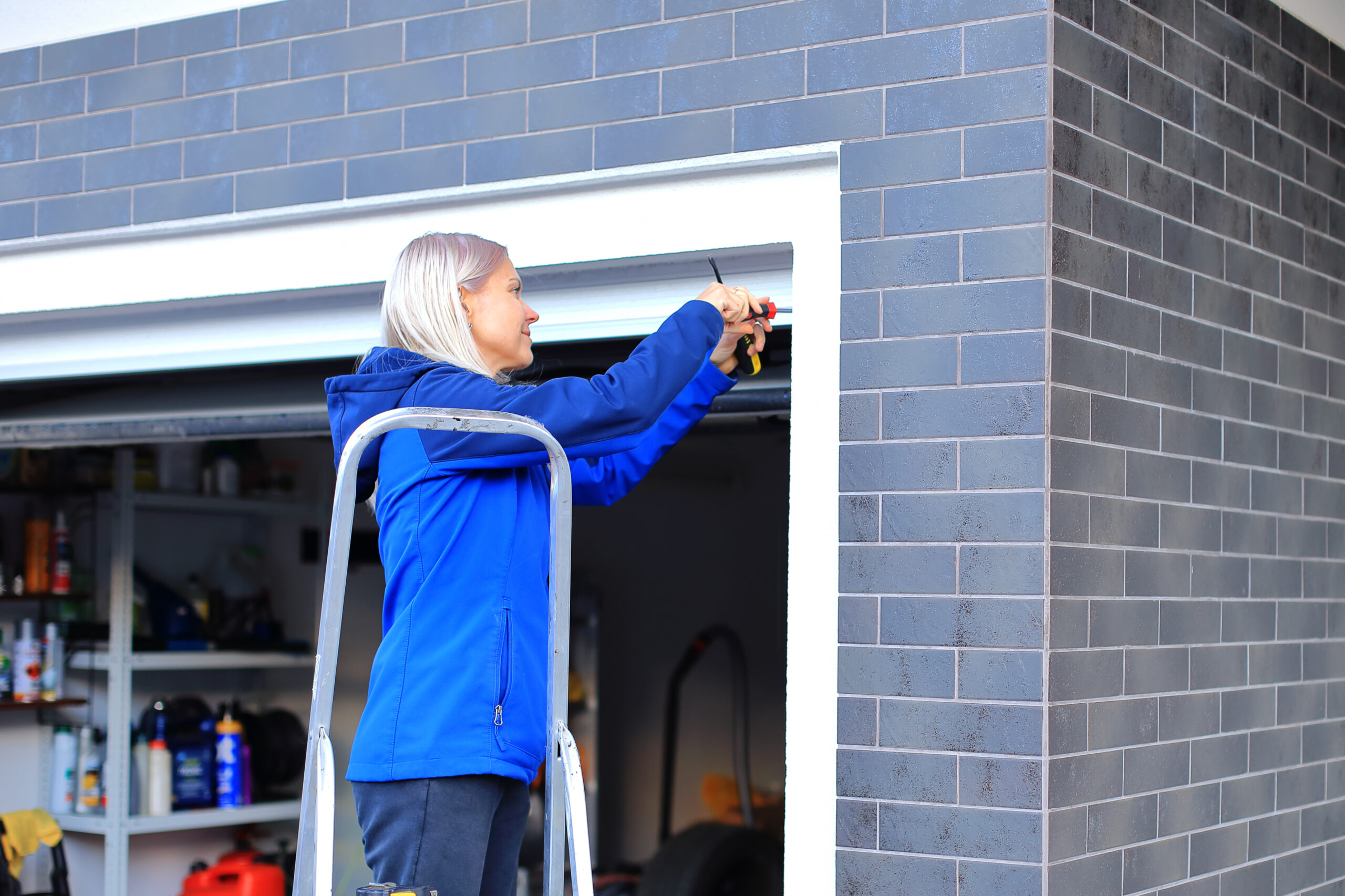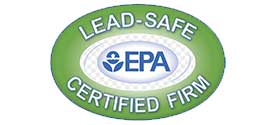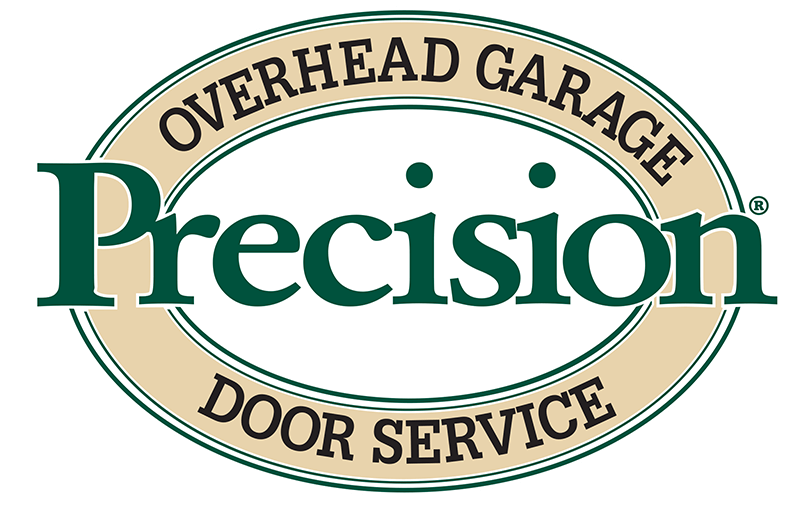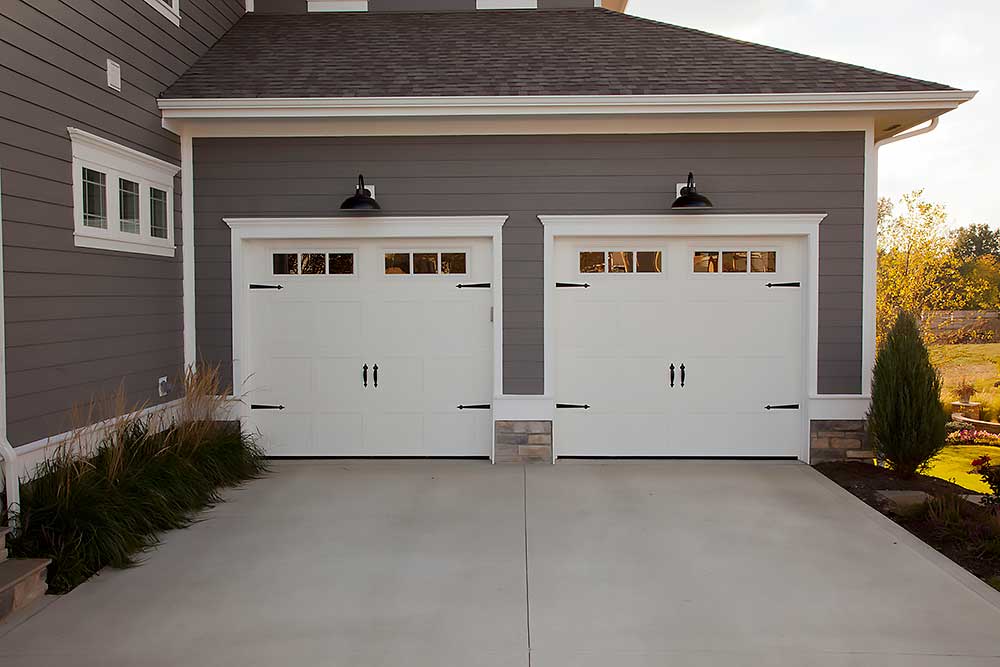
Overview of Garage Door Installation in Santa Maria
Garage doors are essential in protecting homes and properties in California. California has specific laws and regulations governing garage doors to ensure they meet required standards. These laws cover various aspects, including installation, sensor requirements, manual release mechanisms, emergency reversing systems, remote control regulations, and warning labels.
General Garage Door Safety Requirements
Installation Standards
Licensed Professionals: California requires that garage door installations be performed by professionals with the necessary knowledge and experience to ensure proper installation, reducing the possibility of malfunctions or hazards.
Compliance with Building Codes: The California Building Standards Commission has established building codes for garage door installation, specifying design, construction, and installation requirements to comply with safety standards and regulations.
Sensor Requirements
Photoelectric Sensors: California safety laws mandate the use of garage door sensors. These sensors detect objects or people in the garage door’s path and trigger an automatic reverse to avoid accidents or entrapment.
Contact Sensors: Contact sensors are required in addition to photoelectric sensors to enhance garage safety. They detect physical contact with the closing garage door and immediately reverse its movement.
Manual Release Mechanism
Garage doors should be equipped with manual release mechanisms to allow for safe and secure manual operation during power failures or emergencies.
Emergency Reversing Mechanism
California safety laws require the installation of emergency reversing mechanisms in garage doors. This mechanism reverses the door’s direction if it encounters an obstruction while closing, preventing injury or property damage.
Remote Control Regulations
Regulations apply to the use of remote controls for garage doors, ensuring they do not interfere with electronic devices and systems.
Warning Labels and Signage
Garage doors should display warning labels with information and safety precautions to remind individuals of potential hazards and proper usage.
Garage Door Opener Safety Requirements
Motor and Drive System Regulations
Garage door openers in California must meet specific motor and drive system requirements to operate safely and reliably.
Safety Features for Motorized Doors
Force Sensitivity: Garage door openers should include features that detect obstructions or resistance during the closing process. If excessive force or resistance is detected, the opener will automatically reverse, preventing injuries and damage.
Auto-Reverse Mechanism: An auto-reverse mechanism is a critical safety feature in garage door openers. It ensures that if the door encounters an obstruction while closing, it automatically reverses to avoid accidents or entrapment.
Manual Operation in Power Outage: Garage door openers must allow manual operation during power outages, enabling homeowners to open or close the door using manual controls.
Remote Control Regulations
Like regulations for garage doors, remote control devices used with garage door openers must comply with specific regulations to prevent interference with electronic devices and ensure secure and reliable operation.
Security Measures
Rolling Code Technology: California safety laws encourage the use of garage door openers with rolling code technology. This technology generates a new access code for each use, making it difficult for unauthorized individuals to access the garage.
Encryption: Garage door openers are required to use encryption technology, ensuring secure communication between the remote control device and the opener, preventing potential hacking or unauthorized access.
Inspections and Testing
Regular Maintenance and Inspections
Regular maintenance and inspections of garage doors and openers are crucial to ensure safe operation. Professional technicians should conduct periodic checks to identify and address potential issues or safety concerns.
Testing Procedures
Regular testing should verify the proper functioning of safety features, such as auto-reverse mechanisms and sensor systems. These tests help ensure compliance with safety standards and prompt response to potential hazards.
Records and Documentation
Keeping records and documentation of maintenance, inspections, and any repairs or modifications made to the garage door or opener is important. These records indicate compliance with safety laws, assist with insurance purposes, and future inspections.
Penalties for Non-Compliance
Fines and Penalties
Non-compliance with garage door safety laws in California can result in fines and penalties imposed by local authorities or regulatory agencies, serving as a deterrent to encourage adherence to safety regulations.
Corrective Actions and Compliance Requirements
Non-compliant garage doors or openers may require corrective actions to rectify safety violations. Homeowners may need to make necessary modifications, repairs, or replacements to ensure compliance with safety laws and regulations.
Resources and Assistance
California Building Standards Commission
The California Building Standards Commission provides detailed information about garage door safety laws and regulations, including access to specific codes and standards related to garage doors and openers.
Local Building Departments and Authorities
Local building departments and authorities can offer guidance and assistance regarding garage door safety laws compliance. They provide information on local regulations, inspections, and permits required for garage door installation in Santa Maria.
Professional Garage Door Installers and Service Providers
Professional garage door installers and service providers have the expertise to ensure compliance with garage door safety laws. They assist homeowners with proper installation, maintenance, and repairs to ensure safe and reliable operation.
Conclusion
Adhering to garage door safety laws in California is crucial to protect individuals and prevent accidents or injuries. By prioritizing compliance, homeowners can create a secure environment and promote the safety of occupants and visitors. Staying informed about new safety features, regulations, and industry best practices is essential to enhance the safety of garage doors and openers continuously.
